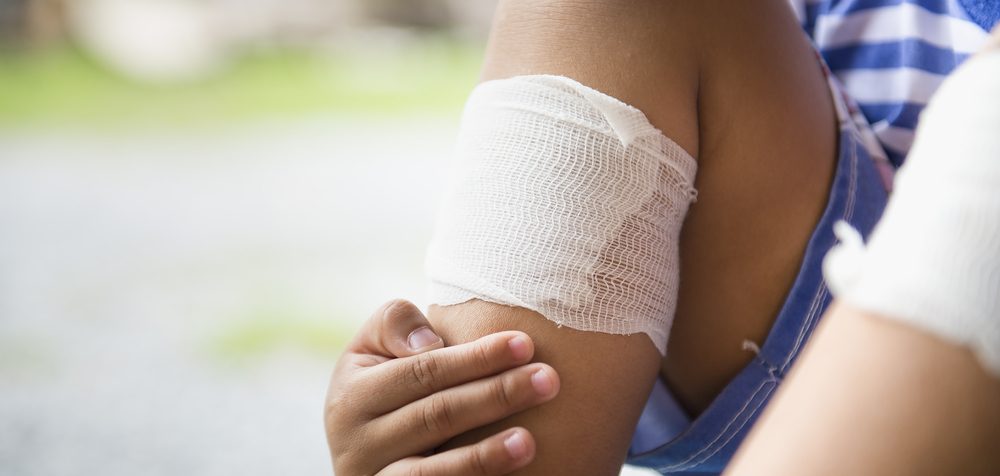
Researchers from the Chalmers Institute of Technology (CTH) and the University of Freiburg have proposed a new technique using electricity to help chronic wounds heal faster.
The team based their study on the hypothesis that human skin is electrostatic – meaning that the cells of our skin are sensitive to electric current. If true, when placed in an electric field the cells are likely to start moving toward the direction of the electrified area.
The researchers created a biochip containing cultured skin cells with properties similar to human skin cells. They then wounded two cells and had one cell repair itself under an electric field (200mV/mm), while the other healed without any electric stimulation. They noted that electricity enabled the former to heal three times faster than the latter.
“We were able to show that the old hypothesis about electric stimulation can be used to make wounds heal significantly faster,” said Maria Asplund, one of the authors and an associate Professor of Bioelectronics at CTH.
The study concluded that an electric field acts as a guide to skin cells. In the absence of current, the cells move randomly, slowing healing. But when cells are electrically stimulated, they all align in one direction and migrate fast toward the damaged site, causing the wound to heal more quickly.
“Chronic wounds are a huge societal problem that we don’t hear a lot about. Our discovery of a method that may heal wounds up to three times faster can be a game changer for diabetic and elderly people, among others, who often suffer greatly from wounds that won’t heal,” said Asplund.
